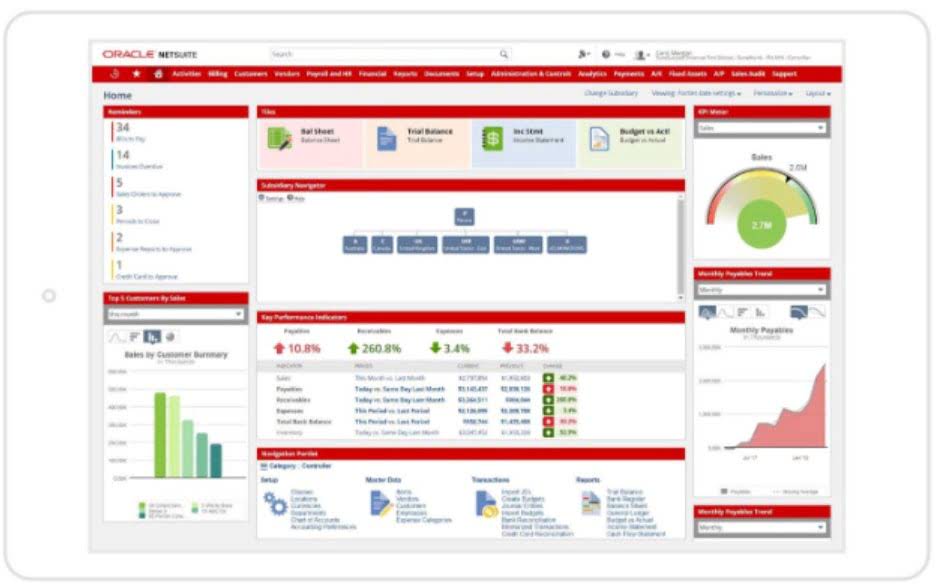
They’re subject to various rules that allow for some medical uses, and for federal criminal prosecution of anyone who traffics in the drugs without permission. AP correspondent Haya Panjwani reports on a proposal for the federal government to reclassify marijuana in what would be a historic shift that could have wide ripple effects across the country. The U.S. Drug Enforcement Administration will move to reclassify marijuana as a less dangerous drug, a historic shift to generations of American drug policy that could have wide ripple effects across the country. On a voluntary basis, she serves on the Board of Trustees of the CFA Institute Research Foundation where she chairs the Marketing and Planning Committee.
The 250 Greatest Guitarists of All Time
With our advisory services, businesses can optimize deductions, track expenses, and implement tax planning strategies. In turn, you can expect to minimize tax liabilities and maximize profitability. General certified public accountants can study the nuances of this sector. However, they cannabis accounting need to stay on top of updates that might affect their clients at the state and federal levels. Most of the time, this isn’t something they’re willing to commit to doing. Accounting and tax records bypass back taxes and keep your marijuana-specific operation running as it should.
Commentary: Being a porn star doesn’t make Stormy Daniels a liar. Trump’s lawyer should have known that

Generally, this means that taxpayers that legally sell marijuana may reduce their gross receipts by the cost of acquiring or producing marijuana that they sell, but these costs will depend on the nature of the business. In other words, while cannabis businesses are not eligible for most traditional deductions, they are able to calculate the cost of goods sold and attain some tax relief. So, for example, “no” to deducting advertising costs, but “yes” to deducting COGS.
Tax Partner Patricia Thompson was named to the inaugural 2024 America’s Top 200 CPAs list by Forbes
Along with the overall corporate governance standards for a Cannabis business, successful businesses also need internal controls. Consider corporate governance as the “what” and internal controls as the “how” of your actions. A C-Corporation has a complicated filing process, and shareholders may have to pay taxes on what they got from the company. This is a complex subject, and the answer is unique to each company’s objectives and risk profile. Using the software, an accountant checks that your financial and tax information is correct. But there is more financial software that you can use in your everyday business tasks, like a POS system that has been updated.
Industry Products
Marijuana companies need a cannabis accountant trained in keeping sound books and records. Organized books not only reduce risk but can result in cost savings during an audit. It should be as easy as handing over a folder with all this support to the auditors. While you shouldn’t attempt to do your own accounting, you should understand what’s going on with your money, inventory, controls, and reporting when the IRS schedules an audit. Accounting in and of itself is a challenge because software is truly lacking and doesn’t cater to the specific needs of Cannabis businesses.
CBD and the 2018 Farm Bill
- In the face of the Harborside case, political efforts look to tip the scales further toward the widely desired and more lenient 471(c) code.
- Despite an improved banking framework, you still have a lot to consider when inspecting and auditing an enterprise active in the cannabis industry.
- With our advisory services, businesses can optimize deductions, track expenses, and implement tax planning strategies.
- Even though a generalized CPA firm might be willing to take you on as a client, this highly specialized field demands experts that specialize in it.
- Most business owners find themselves lost in detailing cash flow, recording inventory purchases and sales, and trying to understand their true profit and loss.
Banks will also pay attention to fluctuations in your report, and you don’t want your account to be shut down because you can’t account for such inconsistencies, so keep that in mind as you proceed. Be ready to deal with application https://www.bookstime.com/ procedures in which regular financial statements must go through reviews. These issues are unique to the industry and require their operators to be extra careful when keeping their books accurate and organized.

- Though there aren’t many bookkeeping systems specifically designed for cannabis accounting firms or cannabis business owners, maintaining proper accounting records is still essential.
- The most important part is following the regulations in the links above, as well as the state laws where the Cannabis company resides as well as your own state laws.
- However, accounting is a significant obstacle for budding cannabis business owners.
- The rates of excise taxes can vary depending on the type and potency of the cannabis product, further adding to the complexity.
- Keep reading for a run-down of cannabusiness-specific best practices and an overview of critical legislation items.
According to Gallup,two-thirds of Americans support the country-wide legalization of cannabis, a product that garnered over $25 billion in revenue in 2021. With steady growth across the cannabis industry, net sales are projected to boom over the next five years. Crafted exclusively for cannabis CEOs and investors across all verticals, this literary masterpiece by Sandy Suchoff is an imperative addition to every visionary’s collection. With its transformative impact and unwavering dedication to unlocking the true potential of your cannabis business, this masterpiece is an unmissable beacon of guidance on the path to unparalleled success.
Cannabis Specifics
- At Northstar, we help cannabis business owners navigate regulations without subjecting them to the risks of having a general accountant on the job.
- Book your free consultation with Northstar to learn how we’ll grow your cannabis business today.
- And federal employees and contractors are banned from using marijuana, though it is fully legal in the District of Columbia.
- With all the federal and state regulations that make accounting for cannabis extremely complex, anyone who deals with keeping the books must do it right.
- Xero is often considered easier to use and more powerful once mastered over Quickbooks making this the second most popular bookkeeping software for those in the marijuana industry.
- In some cases, CBD is even more complex even though 280E is not required.
- With expertise in cannabis accounting, cannabis bookkeeping, and cannabis tax preparation, our dedicated team of professionals understands the unique challenges and opportunities that businesses in this rapidly evolving field face.






